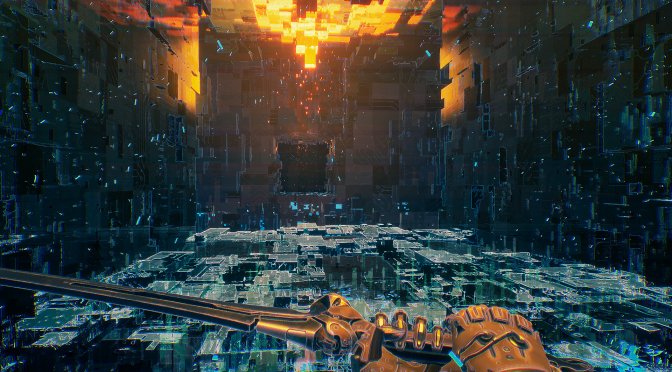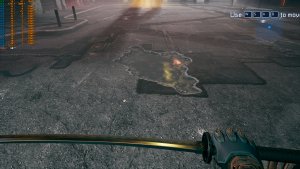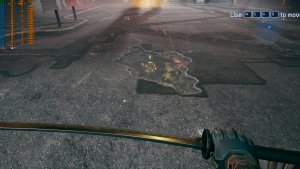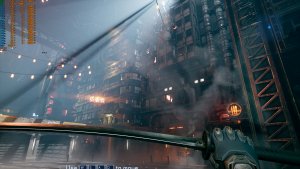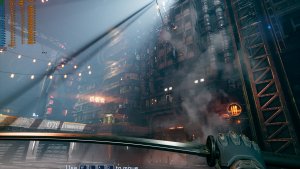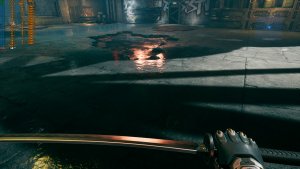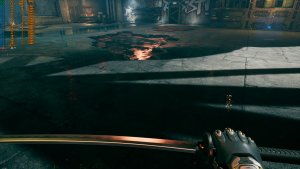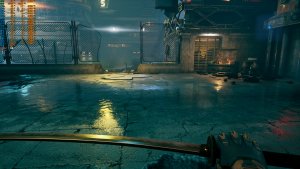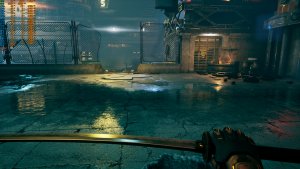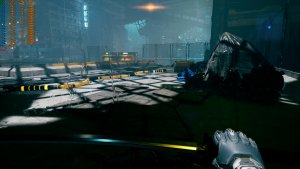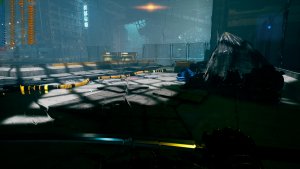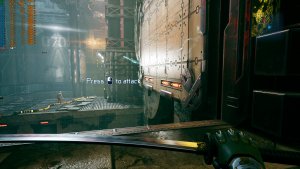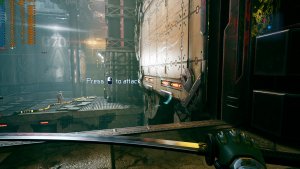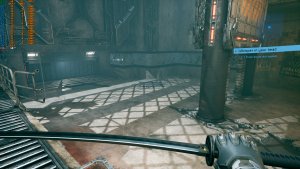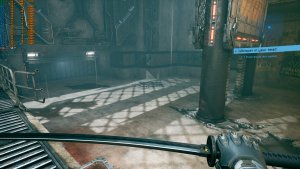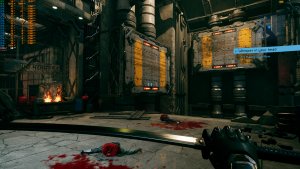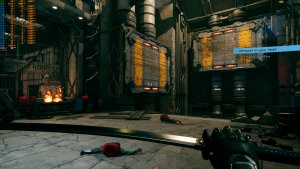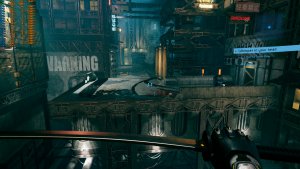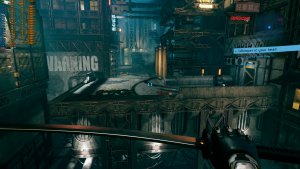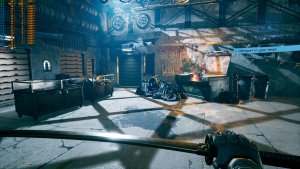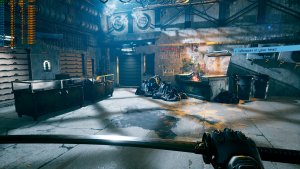All in! Games has released the demo of its upcoming hardcore FPP slasher, Ghostrunner. Ghostrunner supports real-time Ray Tracing effects, and – surprisingly enough – the demo has them. As such, we’ve decided to capture some comparison screenshots in order to showcase the visual – and performance – differences between the RTX and the non-RTX versions.
In order to capture these screenshots, we used an Intel i9 9900K with 16GB of DDR4 at 3600Mhz. Naturally, we’ve paired this machine with an NVIDIA RTX 2080Ti. We also used Windows 10 64-bit and the latest version of the GeForce drivers.
ONE MORE LEVEL has used Ray Tracing in order to enhance the game’s shadows and reflections. Thanks to RTX, the reflections are more natural and do not suffer from any artifacts. Similarly, the shadows are now more natural. Shadows can look softer or sharper thanks to real-time ray tracing. Moreover, additional light sources can now cast shadows.
Unfortunately, the performance hit of these Ray Tracing effects is huge. Our RTX2080Ti had no trouble at all running the non-RTX version with constant 60fps at 2560×1440 and on Ultra settings. When we enabled the RTX effects, however, our framerate was averaging between 47-60fps. So yeah, it will be up to you to decide whether these Ray Tracing effects justify the enormous performance hit. It’s also worth noting that the game does not support DLSS 2.0; a tech that would significantly benefit the RTX version.
Below you can find our comparison screenshots. The non-RTX version is on the left, and the RTX version is on the right.
Enjoy!

John is the founder and Editor in Chief at DSOGaming. He is a PC gaming fan and highly supports the modding and indie communities. Before creating DSOGaming, John worked on numerous gaming websites. While he is a die-hard PC gamer, his gaming roots can be found on consoles. John loved – and still does – the 16-bit consoles, and considers SNES to be one of the best consoles. Still, the PC platform won him over consoles. That was mainly due to 3DFX and its iconic dedicated 3D accelerator graphics card, Voodoo 2. John has also written a higher degree thesis on the “The Evolution of PC graphics cards.”
Contact: Email

